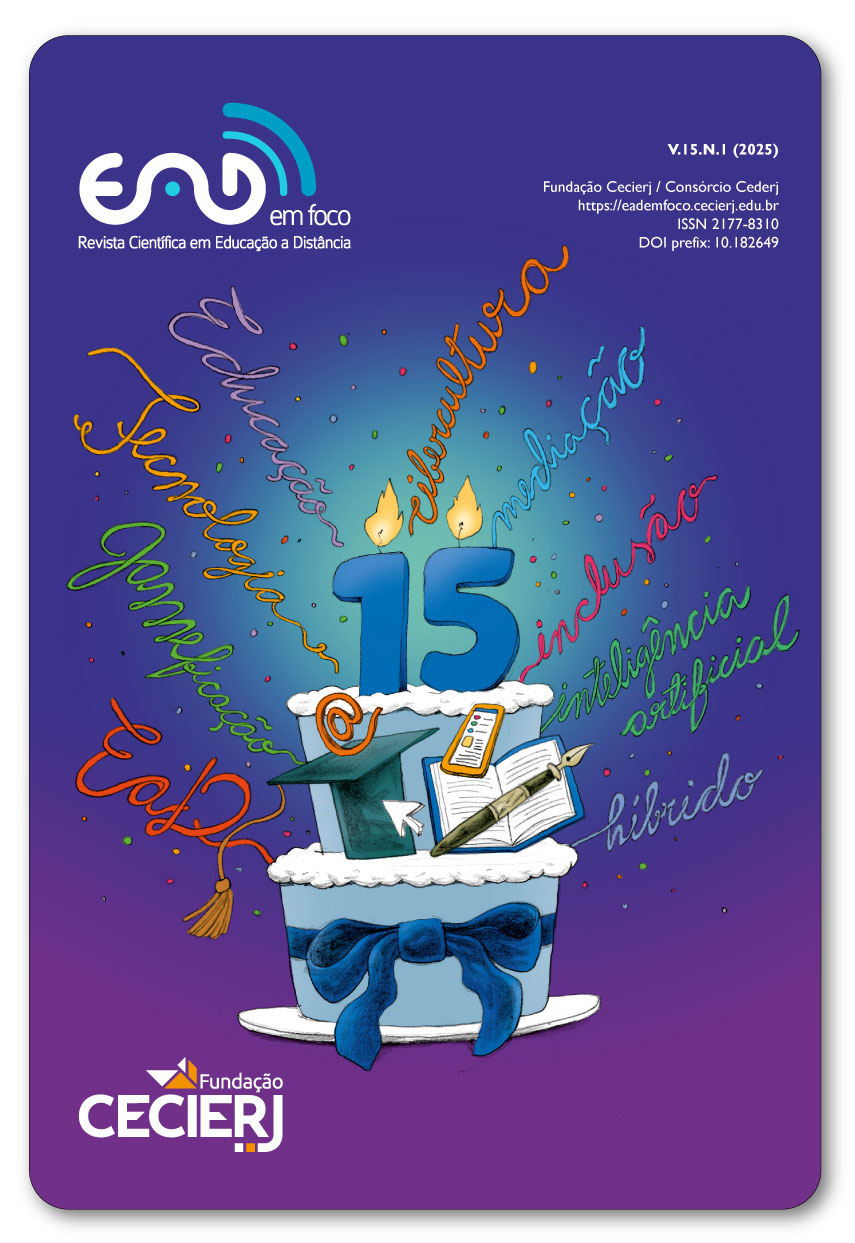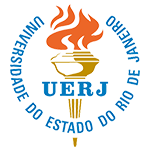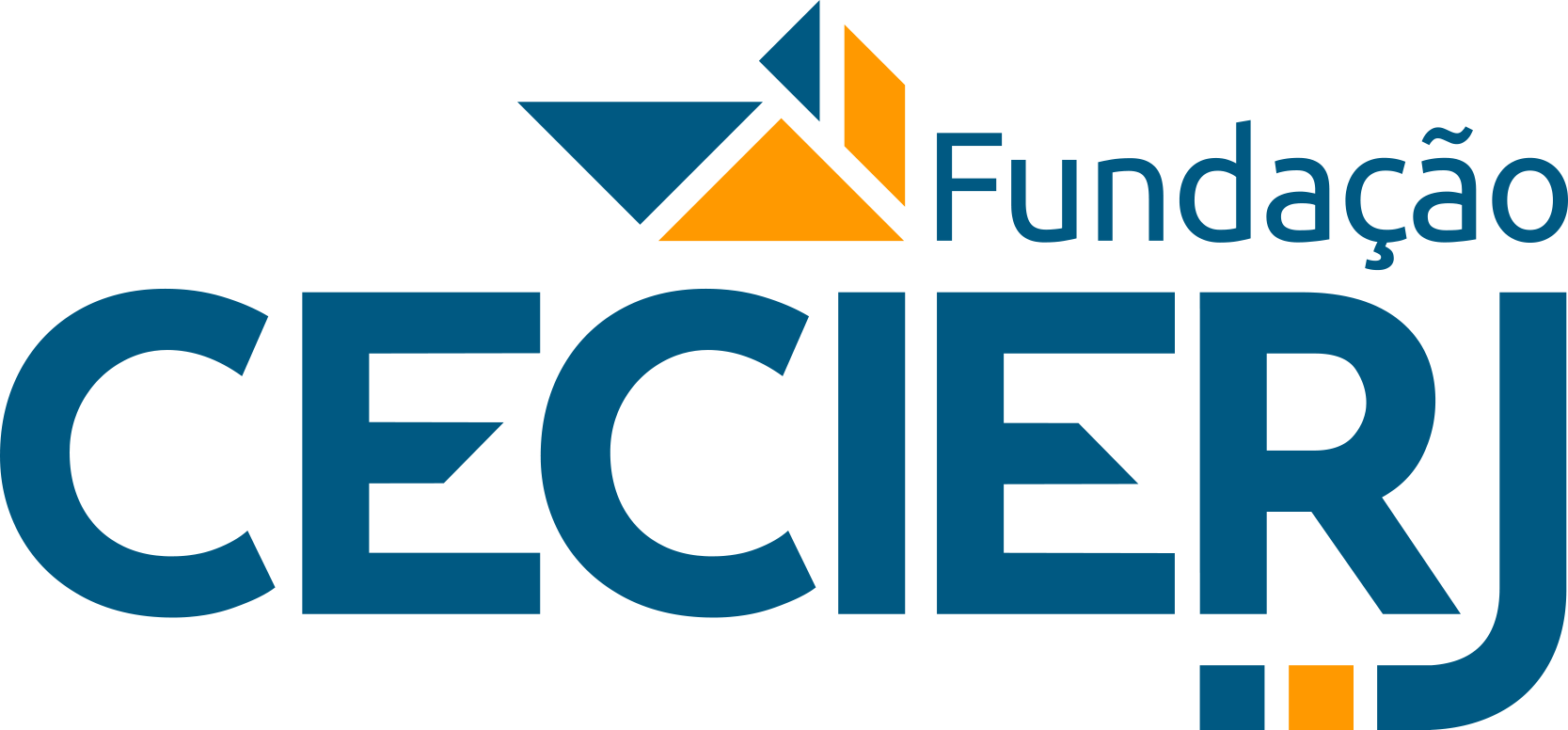Cinemeducation: o Curso
DOI:
https://doi.org/10.18264/eadf.v15i1.2524Palabras clave:
Educação à distância, Ensino, Cinemeducation, Cinema, Transtornos da personalidadeResumen
Este artigo apresenta como temática o uso de obras cinematográficas, referente a um curso sobre os Transtornos da Personalidade, voltado a estudantes de graduação. Objetivou-se criar, aplicar e avaliar um curso de cinemeducation (ensino por meio de filmes) assíncrono, remoto e virtual. Trata-se de um estudo quase-experimental, transversal e de natureza mista. As etapas do método se constituíram em: fundamentação, definição, criação, divulgação, aplicação e instrumentos, análise e consolidação. No total, houve 25 participantes, 96% do gênero feminino, estudantes das áreas de Ciências Biológicas e Humanas, com idade entre 18 e 58 anos. As análises de desempenho mostraram que houve aprendizado, pelo aumento estatisticamente significativo das notas do curso, o qual independe da faixa etária, da área dos cursos de origem e do ambiente de aprendizado preferencial. O aproveitamento teve média de 94,6%. Os dados sugerem que o comprometimento declarado pelos estudantes não impactou nas notas finais do curso. O curso obteve uma avaliação favorável e os dados qualitativos foram categorizados por: elogio, dúvida, crítica e sugestão. Quanto às principais limitações, identificou-se: a ausência de comparação de aprendizado entre os gêneros masculino e feminino, o uso de apenas uma obra para cada aula e a ausência de cenas de filmes para as aulas de introdução e revisão. O objetivo principal foi alcançado por meio do desenvolvimento de um curso estruturado, com aspectos teóricos complexos, devidamente fundamentados, a partir da proposta do cinemeducation. No cômputo dos dados gerais, os resultados indicam a replicação do cinemeducation remoto e virtual.
Palavras-chave: Cinemeducation. Cinema. Transtornos da Personalidade. Educação à Distância. Ensino.
Descargas
Citas
ALEXANDER, M.; HALL, M. N.; PETTICE, Y. J. Cinemeducation: an innovative approach to teaching psychosocial medical care. Family Medicine, v. 26, n. 7, p. 430-433, 1994.
ALEXANDER, M.; LENAHAN, P.; PAVLOV, A. Cinemeducation: a comprehensive guide to using film in medical education. 1. ed. Abingdon: Radcliffe Publishing, 2005.
DE ALMEIDA, M. E. B. Educação a distância na internet: abordagens e contribuições dos ambientes digitais de aprendizagem. Educação e Pesquisa, v. 29, n.2, p. 327-340, 2003.
APA (AMERICAN PSYCHIATRY ASSOCIATION). Diagnostic and Statistical Manual of Mental disorders – DSM-5. Washington: American Psychiatric Association, 2013.
BATEMAN, A. W; GUNDERSON, J.; MULDER R. Treatment of personality disorder. Lancet, v. 385, n. 9969, p. 735-743, 2015.
BRASIL. Lei nº 9.610, de 19 de fevereiro de 1998. Altera, atualiza e consolida a legislação sobre direitos autorais e dá outras providências. Diário Oficial [da República Federativa do Brasil], Brasília, DF. Disponível em: https://www2.senado.leg.br/bdsf/bitstream/handle/id/243240/L9610.1998.pdf?sequence=1&isAllowed=y
BRASIL. Resolução nº 466, de 12 de dezembro de 2012. Dispõe sobre diretrizes e normas regulamentadoras de pesquisas envolvendo seres humanos. Diário Oficial [da República Federativa do Brasil], Brasília, DF. Disponível em: https://www.gov.br/conselho-nacional-de-saude/pt-br/acesso-a-informacao/atos-normativos/resolucoes/2012/resolucao-no-466.pdf/view
DALGALARRONDO, P. Psicopatologia e semiologia dos transtornos mentais. 3.ed. Porto Alegre: Artmed, 2019.
FAUSTINI, V. Gerações brasileiras: guia definitivo, 2018. Disponível em: https://issuu.com/ucha/docs/geracoes-guia
FREIRE, P. Pedagogia da autonomia: saberes necessários à prática educativa. 34. ed. São Paulo: Editora Paz e terra, 2014.
GABBARD, G. O.; GABBARD, K. Countertransference in the movies. Psychoanalytic Review, v. 72, n. 1, p. 171-184, 1985.
HONORATO, T. G. et al. Cinema brasileiro e o ensino dos transtornos da personalidade. Revista brasileira de educação médica, v. 45, n. 02, p. e096, 2021.
HYLER, S. E.; SCHANZER, B. Using commercially available films to teach about borderline personality disorder. Bulletin of the Menninger Clinic, v. 61, n.4, p. 458-468, 1997.
IBGE. INSTITUTO BRASILEIRO DE GEOGRAFIA E ESTATÍSTICA. Censo Brasileiro de 2022. Rio de Janeiro: IBGE, 2022.
LANDEIRA-FERNANDEZ, J.; CHENIAUX, E. Cinema e loucura. Porto Alegre: Artmed, 2010.
MEMBRIVES M. D.; ISERN M. T. I.; MATHEU M. C. L. Literature review: use of commercial films as a teaching resource for health sciences students. Nur Educ Tod, v.36, n. 1, p. 264-267, 2016.
NOVAES, T. et al. Geração Z: uma análise sobre o relacionamento com o trabalho. In: MOSTRA DE INICIAÇÃO CIENTÍFICA DE PÓS-GRADUAÇÃO, PESQUISA E EXTENSÃO-UCS, Caxias do Sul, RS, 2016. Disponível em: https://edisciplinas.usp.br/enrol/index.phpid=82093
DE OLIVEIRA ALVARO, S. S. S. et al. Navegando em ondas virtuais: barreiras e facilitadores para a inclusão digital de idosos. Research, Society and Development, v. 11, n. 9, p. 1-11, 2022.
PEDUZZI, P. Mapa do ensino superior aponta maioria feminina e branca. Agência Brasil. Brasília, 21 mai. 2020. Publicado em 21/05/2020. Disponível em: https://agenciabrasil.ebc.com.br/educacao/noticia/2020-05/mapa-do-ensino-superior-aponta-para-maioria-feminina-e branca#:~:text=O%20estudante%20das%20institui%C3%A7%C3%B5es%20de,de%20at%C3%A9%20dois%20sal%C3%A1rios%20m%C3%ADnimos
PERES, C. M. et al. Abordagens pedagógicas e sua relação com as teorias de aprendizagem. Medicina (Ribeirão Preto. Online), v. 47, n. 3, p. 249-255, 2014.
PROENÇA, J. J. C.; VERA, C. R. New model to evaluate innovation in Higher Education institutions. Ensaio: Avaliação e Políticas Públicas em Educação, v. 33, n. 126, 2025.
SKODOL, A. E. et al. The alternative DSM-5 model for personality disorders: a clinical application. Am J Psychiatry, v. 172, n. 7, p. 606-613, 2015.
TORGERSEN, S. American Psychiatric Association Publishing Textbook of Personality Disorders. 3. ed, Washington: American Psychiatric Association Publishing, 2021.
ZADUSKI, J. C. D. et al. Educação a distância no Brasil e o novo decreto. Anais CIET: Horizonte, v. 4, n. 1, 2024.
Descargas
Publicado
Cómo citar
Número
Sección
Licencia
Derechos de autor 2025 EaD em Foco

Esta obra está bajo una licencia internacional Creative Commons Atribución 4.0.
Todos os artigos publicados na Revista EaD em Foco recebem a licença Creative Commons - Atribuição 4.0 Internacional (CC BY 4.0). Todas as publicações subsequentes, completas ou parciais, deverão ser feitas com o reconhecimento, nas citações, da Revista EaD em Foco como a editora original do artigo.













